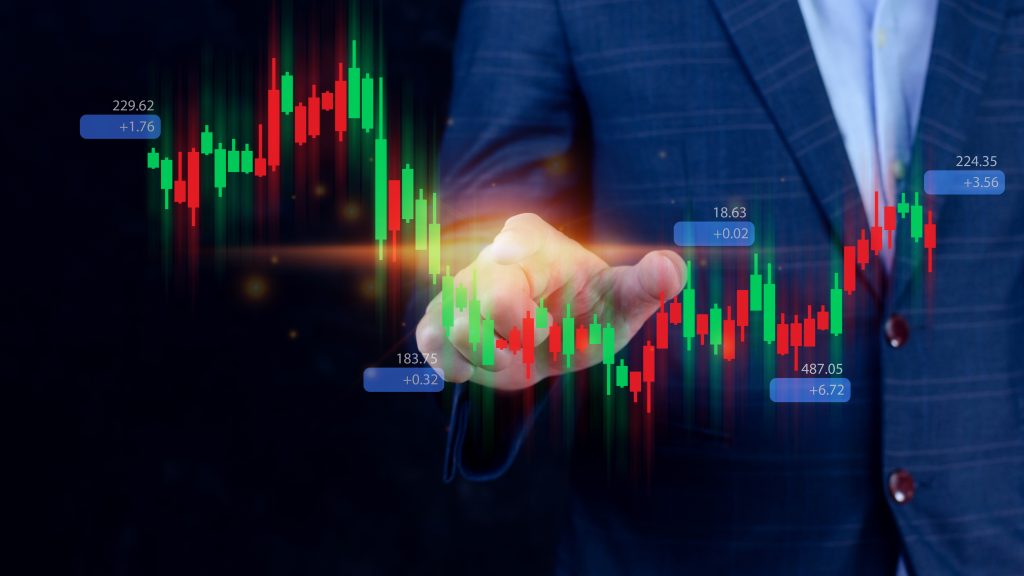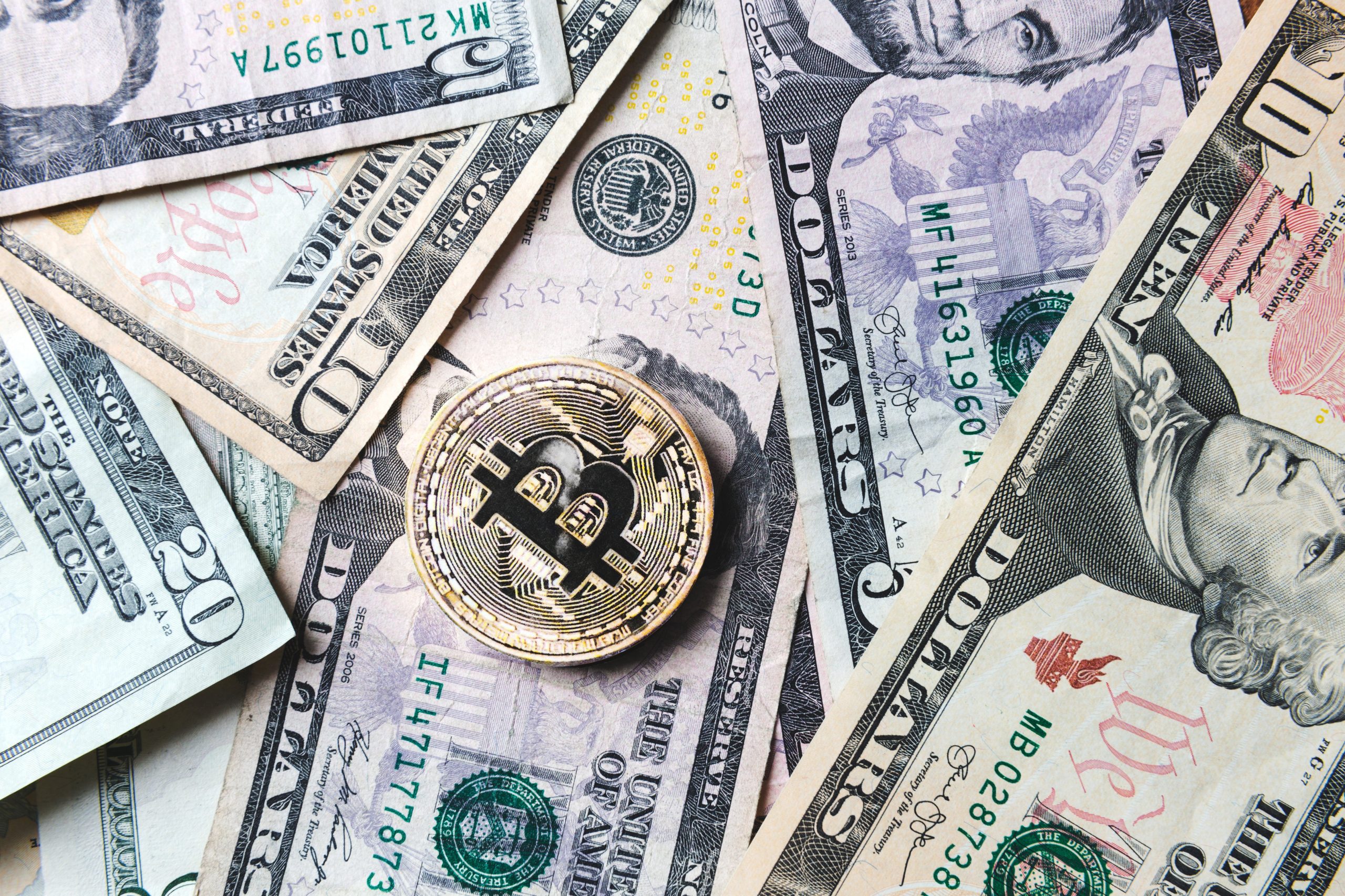What is the meaning of candlesticks in the context of cryptocurrency trading?
A candlestick chart is one of the most effective price charting tools in the world of cryptocurrency trading that was used in rice trading in Japan in the 18th century. Candlesticks are useful in visualizing price behavior over a defined period. It includes the Opening Price, the High Price, the Low Price, and the Closing Price of the asset or security in question on the exchange. Put together, these create shapes that can predict short and longer trend movements of price levels of a particular asset. Messing around with these illegitimate representations can be devastating for your trading. In this article, you’ll learn the basic concepts of candlesticks in trading.
The Origins and Development of Candlestick Patterns
When you observe the crypto trading space, it is very probable that you have, at some point, witnessed terms such as “candlesticks” or “candles” which form “candlestick patterns” by looking at the relationship of at least two candlesticks with one another. These candlestick formations were derived from the Japanese rice traders in the 1700s who were looking for a more efficient way of recording the rice imagery or price. They decided they wanted to understand the various forces behind rice price movements, noting that it was not just simply supply and demand that drove the prices. These developments led to the devising of the first of the candlestick patterns and charts which proved to be quite effective in addressing the needs of understanding the emotions of the traders. The market emotion is the general prevailing sensibility, attitude or feeling regarding the market and how it drives the prices of coefficient of an asset.
As far as candlesticks are concerned, they can be utilized by traders for studying several price changes that happened in the allotted period that may last from hours to months. Candlestick data started entering the practice of Western traders in the 1990s for the purpose of making models for predicting the further growth of the assets. Calm candlesticks enable the orderly configuration of emotional patterns which once mastered enhance the effectiveness of the trading woolly bulldogs in trading decisions succession.
The Candlestick Body
The most prominent feature of a candlestick is its “body,” which is defined as the span between the open price and the close price for a certain time period—for instance, one day. But still, there can be some deviation—candlestick can also imply, months, hours or even minutes depending on the chart configuration. They are useful for both, short-term analysis and long-term analysis although this ‘short-term’ or ‘long-term’ may mean different thing to different individuals. For example, there are times when some traders would see a 15minute period as a long time in trading activities while there are those who see a 1 minute period as short term.
Upper and Lower Wicks of Candlesticks
The thin lines that extend beyond the body are known as the ‘wick’ or ‘shadow’ of the candle. The upper wick projects the highest price attained within the time period, while the lower wick depicts the lowest price incurred. In case of the opening or closing price actually being the highest or the lowest price level, then a candlestick may not have a wick. The “opening” price pertains to the price at the first transaction in a given period whilst the “closing” price denotes the price at the last transaction within the same period. As a result, the wick indicates the range of these two prices and the high and low extremes of a trading pair within the candlestick period. The body, on the other hand, represents the price acreage covered by a trading pair over time, which can be one day or even months and this depends on the chart settings chosen by a trader.
What are Candlestick Patterns?
The types of Candlestick Patterns can be as simple as triple bottom patterns and as complicated as herding patterns. This page is intended for the beginners. Each candlestick pattern consists of a specific number of candlesticks which represents if the particular price action is bearish (moving downwards) or bullish (moving upwards). In order to spot a pattern, a trader has to assess at least 2 candles in relation to each other. More candles are analyzed the more posts are identified accurately.
On the other hand, a pattern with a time span , say a month is more effective in capturing the movement of a trend in the long term than a pattern which relies on one fourth of that period. Still, the selection of time range is always a trader’s choice – just ask any day trader!
Let us take an image of the “bullish engulfing pattern” for instance. In this pattern, it starts with the candle where its opening price is lower than the close of the previous candle and ends where its close exceeds the open of the previous candle.
Bullish and Bearish Engulfing Patterns – Examples
Let us say this pattern illustrates the development of the price of the correlation BTC/EUR for a six month time interval with an emphasis on March and April again. If the smaller candle is considered to be March and other more wider is taken as April, it can be said with conclusiveness that April was the month where profits soared. The candle corresponding to the figure for April overtook that of March especially at the extreme ends which cross greater than their smaller base. This suggests that people changed their outlook in April, something that indicated the end of a negative influence and the beginning of a positive one. The optimism for the asset returned and May was probably allows this upward move to continue.
From the whole outlook standpoint, if candlestick patterns are considered by traders, the price action will still be uppish beyond June as the price’s direction is still bullish. On the other hand, a typical foreign exchange “bearish engulfing pattern” should expect the contrary-there will be a drop in the price.
Go over the material
There are many kinds of candlestick patterns available for study such as the head and shoulders pattern, bat pattern, ABCD pattern, and Cypher pattern. Regardless of whether or not you will integrate candlestick patterns into your trading strategy, always keep in mind that no tool can enable one to know what will happen in the future. Trading in general has a number of risks and so is using candlestick patterns, which are only aids in the best analysis possible. In the end, each one of you is expected to do enough homework before opening a trade as it is not possible for anyone else to make those decisions on your behalf. Right now, you have just learned the simple concepts of the candlestick chart and its patterns except for how to deal with trading commissions.






